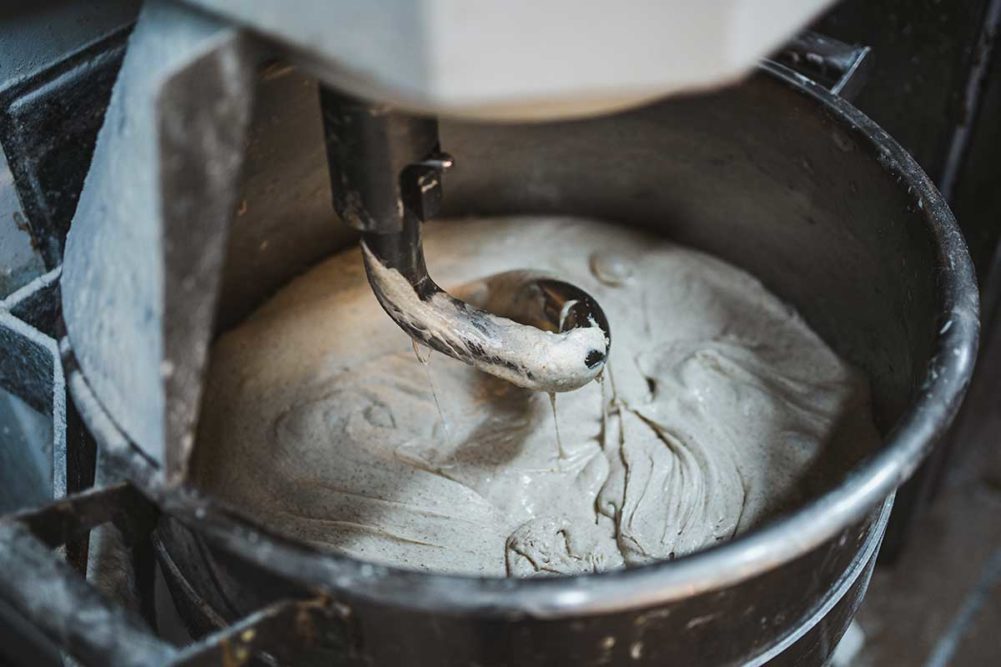Pairing the right antioxidant or blend of ingredients to the bakery application is critical to getting the most out of these ingredients, but it isn’t the whole picture. Just as antioxidants are susceptible to damage during storage from light and heat, they are similarly hindered during the processing of the dough or batter. Bakers must be calculated when adding their antioxidants into the mix to ensure optimal effectiveness.
“Lipid oxidation is impacted by heat, free transition metals and light,” said Bryan Medina, food protection manager, North America, IFF. “Understanding where these elements are introduced in your process will aide in determining the right antioxidant to use as well as where to introduce it.”
When determining when to add antioxidants, it’s also helpful to consider the formulation as a whole and how the antioxidants best function within it.
“For example, oil-soluble antioxidants should be added during the mixing stage while water-soluble antioxidants should be added during the dough fermentation stage,” explained Darwin Ortiz, PhD, senior food protection scientist, North America, IFF.
When added to the mixer, ingredients should be thoroughly mixed to ensure uniform distribution, he emphasized. Bakers want to avoid hot spots or clumping in the dough or batter to get consistent anti-staling in every product.
The high temperatures antioxidants are subjected to from the shearing in the mixing bowl to the oven and all the processes in between can be hard on these ingredients. Bakers can protect them by choosing heat-stable ingredients, adding them at the appropriate time and other strategies.
“Some antioxidants are more stable than others and can withstand the high temperatures and processing conditions of baking without losing their effectiveness,” Dr. Ortiz said. “Bakers should choose stable antioxidants or adjust the antioxidant dosage based on how much antioxidant was lost during baking to ensure acceptable lipid oxidation during product shelf life.”
Tocopherols, for example, are stable, clean label antioxidants, but they are susceptible to thermal degradation.
“It’s important to account for that when calculating dosage and selecting products,” said Jenn Adams, director, ingredient technology and applications, IFPC.
By adding more of these antioxidants to the formulation, any functionality that is lost during shearing forces or baking will be made up by the excess ingredients in the dough or batter.
“A manufacturer can also use specialized blends such as encapsulated antioxidants or co-antioxidants to serve as boosters to protect and prevent rancidity of the product,” she continued.
Natural antioxidants are often oil-soluble as well. This provides another opportunity after the oven to add them, said Min Hu, PhD, principal scientist and antioxidant team leader, Corbion, by spraying an antioxidant solution on the product’s surface.
“Keep in mind that the baking process may produce Maillard reaction products that are effective antioxidants that can prevent lipid oxidation of bakery products,” he continued.
This article is an excerpt from the June 2023 issue of Baking & Snack. To read the entire feature on Antioxidants, click here.





